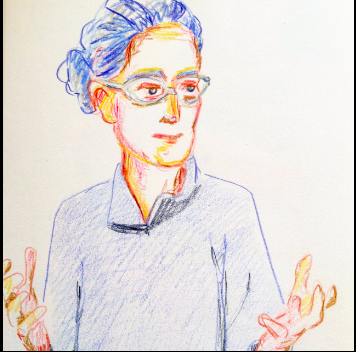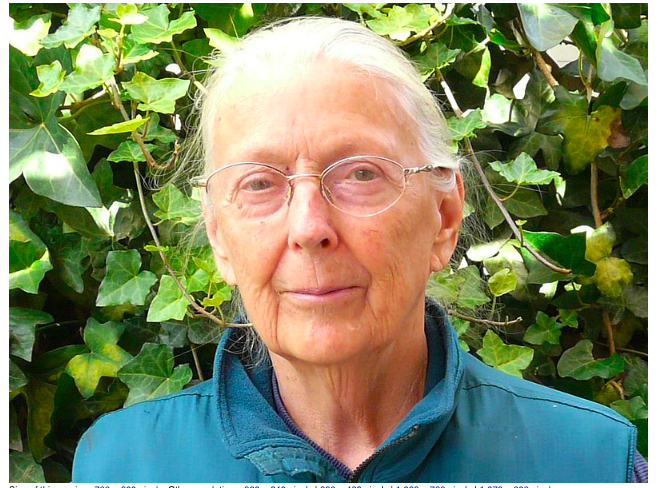2.4 Newer Sociological Perspectives
Since the 1970s sociologists have used a large number of theoretical frameworks that cannot be reduced to functionalism, conflict theory, or symbolic interactionism. Here we’ll discuss two of those perspectives: Postcolonial Theory and Feminist Theory
2.4.1 Postcolonial Theory
In Chapter 1 we introduced the long standing French occupation of Algeria. If we fast forward to 1954-1962 the story evolves with the Algerian War of Independence- one of the most monumental wars of the anti-colonial period. It was led by the Front de Libération Nationale (FLN) and in part inspired by events of the Second World War where the French were defeated in Indochina (Hagemann n.d).
After World War II, people in European colonies in Africa and Asia began rising up and challenging their colonizers. This led to the dismantling of European empires. Sometimes this occurred somewhat peacefully, other times only after war between the colonizer and colonized. Against this backdrop of decolonization postcolonial theory emerged. Generally, postcolonial theoryexplores colonial relations and their aftermath, and how those relations have been created.
Postcolonial theory challenges the theoretical frameworks of mainstream American sociology. Most classical and modern theorists assume that their frameworks are universal and can be applied to all societies (Connell 2007). Even though the theorists, who have specific backgrounds and positions within their own societies, developed their theories in very specific societies at particular points in time.
Most of what is considered sociological theory is derived from the ideas of white, upper middle class men living in the United States and Europe. Typically the theorists are from societies that are/were engaging in colonial projects. This has contributed to a “grande erasure” where there is an “erasure of the experience of the majority of humankind from the foundations of social thought” (Connell 2007:46).
Postcolonial thought critiques empires and their legacies. As noted by sociologist Julian Go (figure 2.24), “…if social theory was born from and for empire, postcolonial thought was born against ;it” (Go 2016:1). While there is a wide diversity of theorists and thought included in postcolonial theory, there are a couple of points that hold the framework together. One is that empire, colonialism, and imperialism matter. These processes shaped and continue to shape societies across the globe. Second, empire, colonialism, and imperialism should be critiqued. This includes critiquing the ways colonialism and imperialism influence how people understand the social world. The critique is paired with seeking out alternative ways of knowing and thinking (Go 2016).

Figure 2.24 Sociologist Julian Go
Postcolonial theory starts from a very different place than most classical theory. Go argues that it should start from the standpoint of the subaltern. Subaltern groups are groups that are made subordinate by powerful groups because of their class, caste, gender, nationality or any other dimension of difference. This means that postcolonial theory “instead of starting from atop or from afar, instead of starting with theories and concepts cultivated from the standpoint of power, the subaltern standpoint starts on the ground. It starts from the standpoint of the subjugated” (Go 2016:143).
Some well known postcolonial theorists include W. E. B. Du Bois, Frantz Fanon (1925–1961), Aimé Césaire (1913–2008), Amilcar Cabral (1924–1973), C. L. R. James (1901–1989). More recent thinkers include Edward Said (1935–2003), Homi Bhabha (1949–), Gayatri Spivak (1942–), and Dipesh Chakrabarty (1948–).
2.4.2 Feminist Theory
Feminist theory is a branch of sociological theory that examines inequalities in gender-related issues. It emerges from a context where society is viewed as a patriarchy with uneven distributions of power that fall along sex and gender lines. Patriarchy refers to a society, system, or group in which men dominate women and have the power and authority.
In patriarchal societies, men’s contributions are seen as more valuable than those of women. Patriarchal perspectives and arrangements are widespread and taken for granted. As a result, women’s viewpoints tend to be silenced or marginalized to the point of being discredited or considered invalid.
We can think of feminism as a position that advocates for the equal rights of women and men. There are many different types of feminisms, with many different perspectives that often overlap, but there are three basic commonalities to most feminist theories:
- Gender matters. In other words, gender is one of the most important parts of society; gender is a basis of structure and organization of the social world
- Society is arranged so that women are given less status or value (patriarchy)
- Regardless of the causes of these differences, they can and should be reduced or eliminated.
One type of feminism, referred to as standpoint feminism, centers the viewpoint of subjugated individuals or groups. Dorthy Smith helped develop the ideas of feminist standpoint theory. She saw standpoint theory as a way to examine society from the perspectives of women and as a way to help women understand their worlds (Lorber 2010).


Figures 2.25 and 2.26. Sociologist Dorothy Smith
Viewpoints are seen as having a partial “truth” and knowledge itself can be situational. From the perspective of this theory, since women’s lives and roles are often different from men, women have a different type of knowledge. As a subordinated group in a patriarchal society, women can understand the world in ways that may challenge conventional beliefs. In this section, we introduced many types of feminism.
Some well known feminist theorists include Charlotte Perkins Gilman (1860–1935), Betty Friedan (1921–2006), Simone de Beauvoir (1908–1986), Nancy Hartsock (1943–2015), Judith Butler (1956–), Donna Haraway (1944–), Sandra Harding (1935–), Joan Acker (1924–2016).
2.4.3 Going Deeper
Much of this section on sociological theory has been adapted from the textbook, Sociology in Everyday Life by Matt Gougherty and Jennifer Puentes. For more in-depth information on theories and theorists, read Chapter 2: History of Sociology and Social Theory.
To better understand connections between microsociology, macrosociology, and the classical perspectives watch this 3:37-minute video, “Microsociolgy vs. Macrosociolgy” by Khan Academy.
2.4.4 Licenses and Attributions for Newer Sociological Perspectives
“Newer Sociological Perspectives” by Aimee Samara Krouskop is licensed under CC BY 4.0, with the exception of:
Figure 2.24 Sociologist Julian Go is published by the University of Chicago and used here under fair use.
Figure 2.25. Image of Dorothy Smith by Errie Miller is published at Wikimedia Commons
Figure 2.26. Image of Dorothy Smith by Schmendrick2112 is published at Wikimedia Commons
